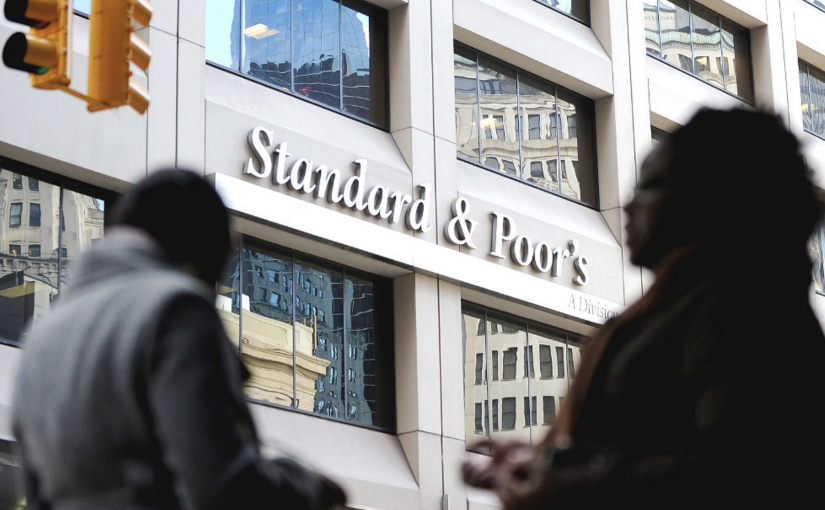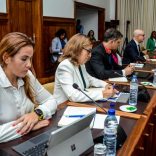Mozambique: State collects 22.5% less in taxes from casinos in H1
S&P downgrades Mozambique’s domestic debt rating and changes outlook to negative

File photo: Justin Lane/EPA
Standard & Poor’s (S&P) today downgraded the rating of Mozambique’s domestic debt issues to CCC-, maintained the level of external debt issues, but worsened the outlook for both to negative.
“The government announced a plan to carry out liability management exercises on its local currency obligations. In general, we consider most debt swaps in the CCC category to be distressed and equivalent to a financial default,” write the analysts from the financial rating agency.
In the note announcing the downgrade of the rating for domestic debt issues, S&P points out that “post-election economic disruptions are negatively influencing the government’s budgetary and liquidity operations,” which contributed to the downgrade of the opinion on the quality of debt issues in meticais made in Mozambique.
In addition to downgrading the rating of domestic operations, S&P decided to maintain its opinion on the quality of sovereign credit in international debt issues, known as Eurobonds, but downgraded its assessment of the evolution of these ratings, signalling that a further downgrade in both cases is likely in the next 12 to 18 months.
In its analysis of the Mozambican economy, S&P foresees a widening of the budget deficit to 4.5% between 2025 and 2028, worsening the 4.2% forecast made in October last year, due to “falls in tax revenue, increased spending on security and weaker growth due to recent demonstrations”.
The Mozambican government is expected to meet private banks soon to discuss a debt swap with maturities in March, May and September, “which should involve an extension of terms and a review of interest rates”, and could lead to the attribution of a default “if the final terms of the exercise of debt liabilities resemble a distressed debt swap”, warns S&P.
The agency added that the analysis is made on a case-by-case basis and takes into account the political and macroeconomic context.
Mozambique is servicing its external debt without delay, which is worth 9% of GDP and costs US$81 million, around €77.5 million, per year until 2028, and increases to US$225 million (€215 million) per year between 2028 and 2031, before gas production in the north of the country begins, possibly in 2030, says S&P, warning, however, that “there remains a risk that the US$20 billion (€19.1 billion) Area 1 project could suffer further delays”.
Regarding external financing, which is essential for Mozambique to balance its public accounts, S&P analysts say that “the baseline scenario assumes that Mozambique will continue to access financing under the three-year program with the International Monetary Fund (IMF), worth US$456 million (€436 million), but the budgetary slippage could postpone the last two disbursements, which cumulatively amount to US$126 million (€120 million), and jeopardize the potential signing of a new program after March 2025”.
In 2023, Mozambique also received US$664 million, around €636 million, in financing from the United States agency for international development, USAID, so “the current suspension of US financing worsens already difficult external financing conditions”. S&P also predicts that Mozambique will return to more significant growth, of 4.3%, above the 2.5% recorded last year due to the post-election protests in the last quarter, then growing, on average, 5.4% a year until 2028.













Leave a Reply
Be the First to Comment!
You must be logged in to post a comment.
You must be logged in to post a comment.